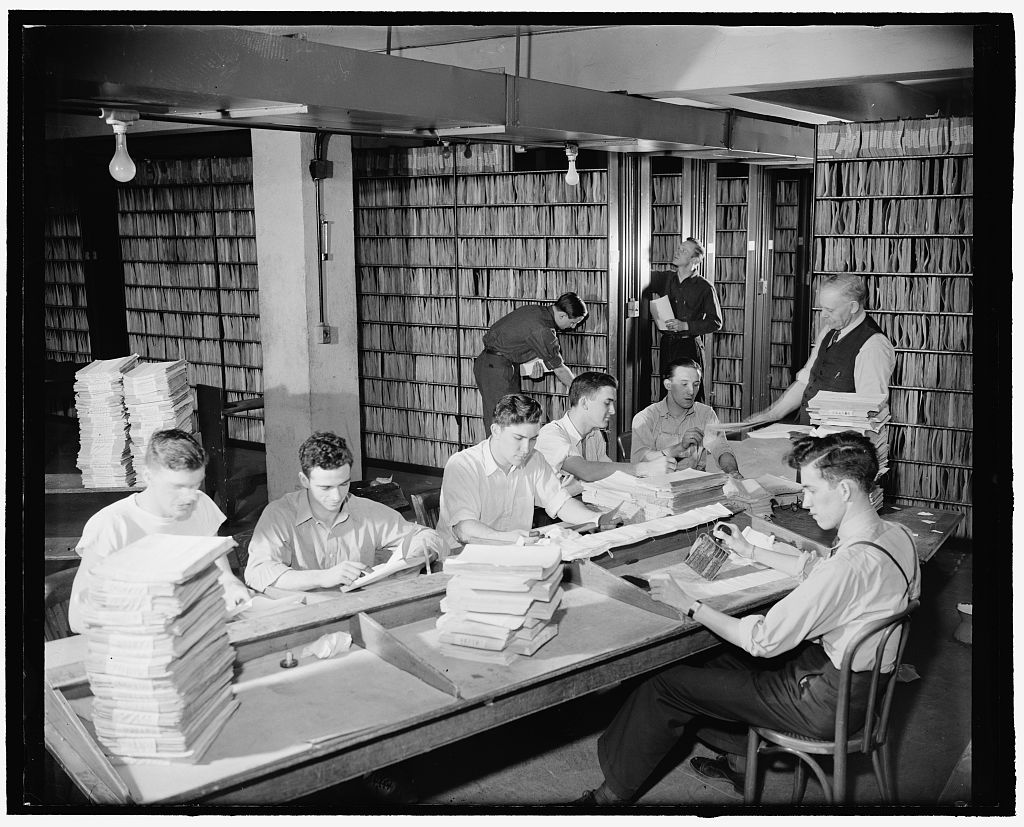Is Your Patent Examiner Awful? One of the Patent Myths

The Myth that the Patent Examiner does not understand your invention.
One of the myths that is perpetuated by the patent bar is that the examiners somehow do not understand your invention.
The truth is that the examination process is far better than most patent attorneys will admit, and that is part of why startups are doomed in the patent process.
The other truth is that – when done well – the examiner’s knowledge and expertise can help you get a much better patent.
Note: this is one of the “Patent Myths” that I discussed on my podcast. Get the episode here.
The Patent Examiner Knows More About Your Technology Than You Do
Patent examiners specialize in a specific technology. For example, there is a patent examiner who only does hammers and another examiner who does pillows and bedding.
A patent examiner typically has an engineering or science degree and several *years* of doing searches in their narrow niche of technology. The patent examiner who does hammers knows everything that has ever been invented in hammers.
There is nobody on the face of the planet who knows more about your technology than the patent examiner.
The experienced patent attorneys, typically Primary Examiners and Supervisory Patent Examiners (SPEs) have 5, 10, or more years of working in a specific technology. Every single day is spent digging deep into how a new invention works, and searching under every stone to see if they can find that invention.
Examiners who focus on a narrow niche of technology for 2000 hours a year get very good at it.
Patent Examiners Know Patent Law, Too
The examining corps has very good training. Every time I get to see how the sausage gets made at the Patent Office, I see supervisors sitting next to younger examiners at the computer screen. I see experienced examiners mentoring, coaching, and training newer examiners. It is a hands-on apprenticeship based program for developing the talent.
The training process for new examiners goes on for months. When I took the patent bar exam, I took 20 hours of video courses, passed the test, and I was minted as a patent agent. An examiner goes through 50 times as much training as a new patent attorney – and they have an apprenticeship program to learn the trade.
Patent Examiners Make Patent Attorneys Look Bad
It can be frustrating when the examiner looks at a patent application I have written and sees things in it that I did not intend, or misreads it in some way.
The miscommunication happens when both parties are assuming things. For the patent applicant, it is very easy to assume some characteristics of the invention are just obvious and need no explanation – but you find out later that you wish you had explained that “obvious” part. Sometimes the examiner reads something into a reference that isn’t there – or skips over a part that says something important.
The examination process brings out flaws on both parties, which can be frustrating and, sometimes, embarrassing. This is why you see patent attorneys complaining about the examiners – because the attorney probably did something embarrassing and it is easier to point the finger the other way.
Taking Advantage of the Examiner’s Expertise
The examiner has more technical experience in the technology, so why not use it to your advantage?
Examiners will grant interviews, where you can talk with them about the patent application. This is the opportunity to tap into their expertise, but the magic does not always happen.
First, recognize that the interview takes more time than the examiner has. The applicant needs to respect the examiner’s time and only ask for an interview when the case is ready for it.
I don’t want to waste the examiner’s time or just sell them on the invention. I want to focus on a specific point of novelty – the point of value – of the patent application.
I will typically wait to do an interview until we have sorted out where that point of novelty exists.
I typically write a patent application with a set of novel features. I try to present them in descending order, so that if one feature is found in the prior art, there is a second or third point of novelty. Sometimes, we get into the examination process and there are other elements that turn out to be novel that I did not expect.
After a rejection or two, we start to focus in on the actual novel invention. This is when an interview can move the case forward.
Because we do not have a lot of time for the interview, we do not have the opportunity to throw spaghetti on the wall and see what sticks. We need to focus on what could be patentable and get to agreement quickly.
The feedback from the examiner during this process is critical. While the examiner is required to go back and do a formal search for any changes you make to the claims, most experienced examiners will know what would be patentable and what would not. The examiner’s intuition can be very powerful and productive, if the conversation goes well.